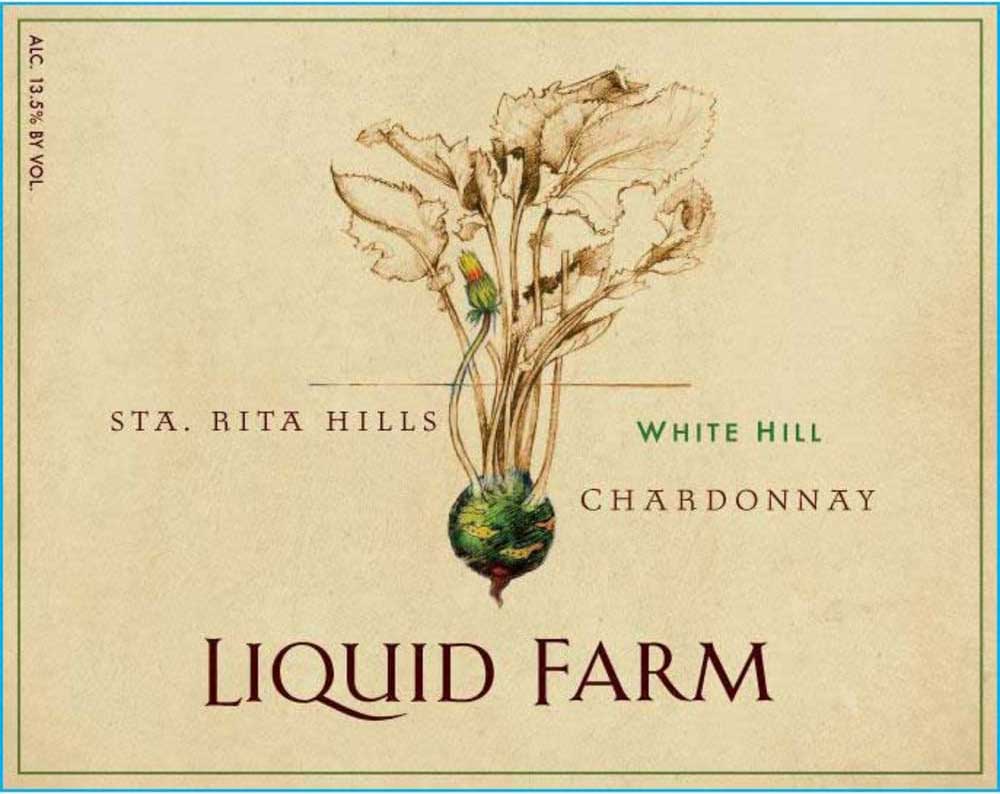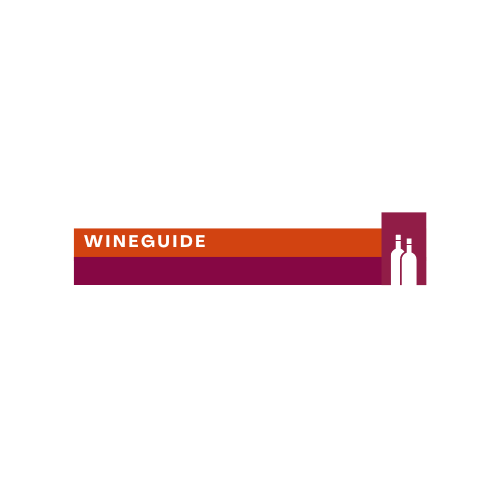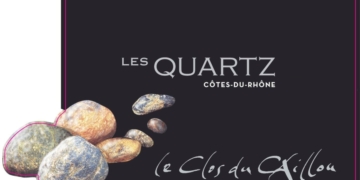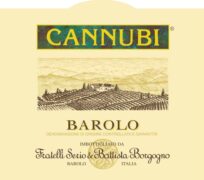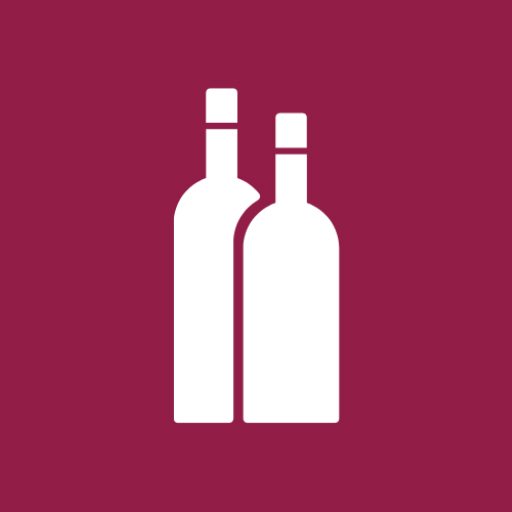Global wine consumption fell to its lowest level in 27 years in 2023 as inflation eroded consumer spending power, according to the International Organisation of Vine and Wine (OIV). Despite the downturn, sparkling wines remained a bright spot in an otherwise challenging year for the wine industry.
The OIV’s annual report revealed that global wine consumption dropped by 2.6% to an estimated 221 million hectoliters, marking the second consecutive year of decline. This reduction is equivalent to around 800 million fewer bottles being opened worldwide, bringing consumption to its lowest level since 1996.
OIV Director General John Barker highlighted inflation as a key factor behind this decline, noting its impact on both production and distribution costs, as well as on consumers’ purchasing power. “Inflation has significantly increased production and distribution costs while also reducing consumers’ purchasing power,” Barker said during an online press conference.
Wine consumption decreased in the five largest markets, including the US and France, though Barker urged caution in interpreting the preliminary data. He noted that some distributors in key markets have been reducing imports and selling off existing stocks to cope with inflationary pressures, which could skew apparent consumption figures.
China’s wine consumption has also seen a sharp decline in recent years, with 2023 volumes less than half of what they were just four years ago. Demographic shifts and changing lifestyles have further contributed to the global downward trend in wine drinking.

Barker acknowledged the uncertainty surrounding the future of global wine demand, stating, “Given the very complicated influences on global demand at the moment, it’s difficult to know the precise extent to which the recent decline in consumption is a short-term or a long-term feature of the market.”
In addition to falling consumption, global wine production also faced challenges, with a 9.6% drop to 237.3 million hectoliters in 2023, making it the smallest vintage since 1961. Extreme weather events significantly reduced grape harvests worldwide, particularly in Italy and Spain.
However, the smaller harvest may help prevent a significant imbalance between global supply and demand, according to Barker. While it’s still too early to predict the exact impact on wine prices and consumption in 2024, he noted that inflationary pressures appear to be easing.
Despite the overall decline in wine consumption, the value of global wine exports fell only slightly by 4.7% to €36 billion, the second-highest on record. The average export price rose by 2% to €3.62 per liter, the highest ever recorded, likely due to ongoing inflationary pressures.
Sparkling wines, such as Champagne and Prosecco, demonstrated resilience, with the value of exports rising by 1% despite a 4% decline in volume. The entire sparkling wine category has seen remarkable growth, with production and consumption tripling since 2002, according to OIV’s head of statistics, Giorgio Delgrosso. Prosecco has been a major driver of this surge, though Champagne, Cava, and Germany’s Sekt have also performed well.
“Sparkling wine is by far the category that is most successful in the market,” Delgrosso said, noting its strong performance amid challenging times for the industry. In addition to sparkling wines, premium, high-priced products, especially high-end reds, continue to perform well.
France remains the world leader in wine exports by value, buoyed by Champagne shipments, even as Italy and Spain exported more wine by volume. However, all major wine-exporting countries reported lower export volumes in 2023.
Looking ahead, the OIV provided its first estimates for Southern Hemisphere wine production in 2024, predicting a potential rise of around 5%. Australia is expected to increase its volumes by 21% due to favorable growing conditions, while Argentina may see a 27% larger vintage, though these figures are subject to revision.



